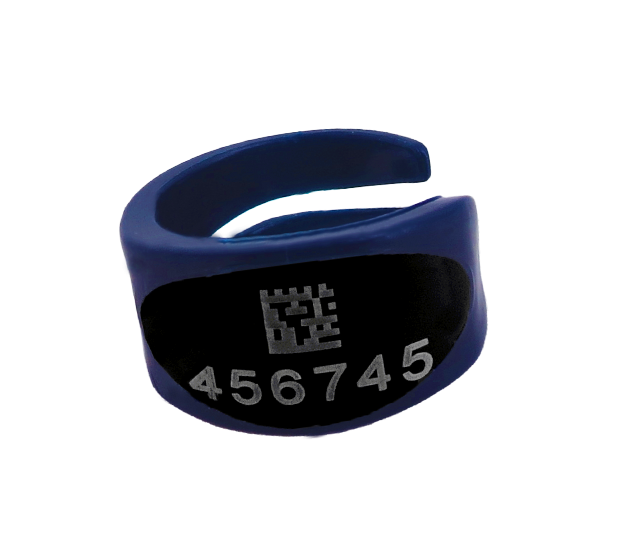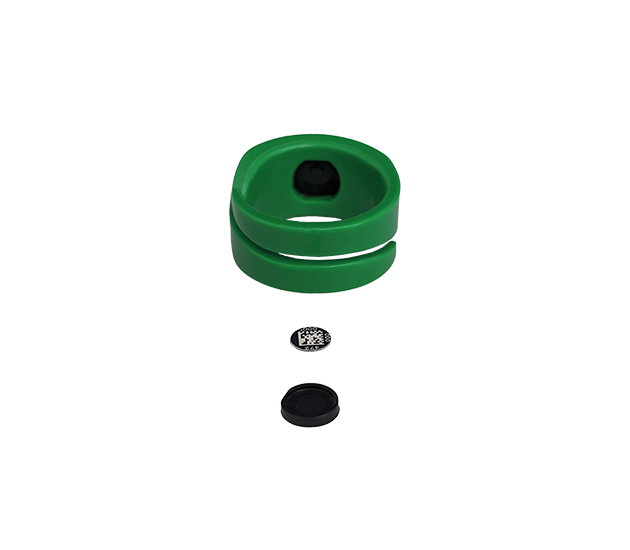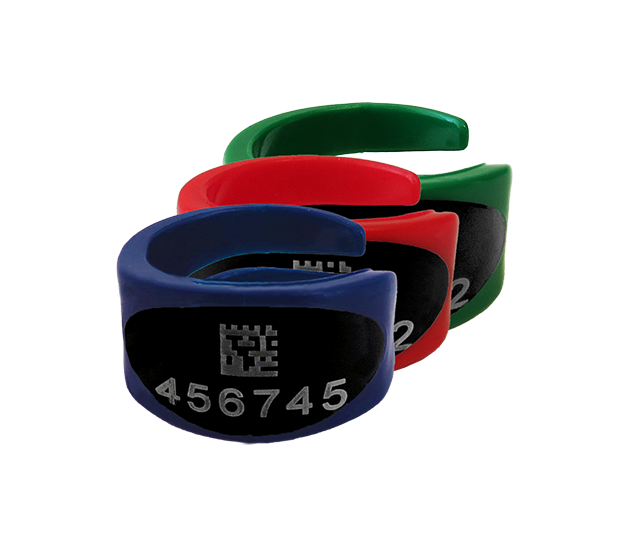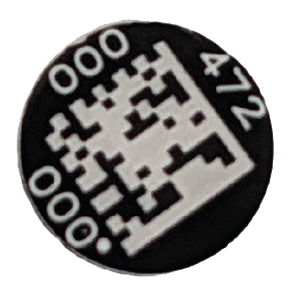
According to different studies like ORAMED (Optimization of RAdiation protection of MEDical staff), extremity dosimetry is mostly used in Interventional radiology and nuclear medicine. The worker in those fields are the most exposed.
LANDAUER introduces the ONYX® dosimeter. This OSL ring allows you to set up an extremity dosimetry service thanks to your OSLR reader, which already provides wholebody monitoring.
| In 2010, several studies showed that up to 20% of the workers in nuclear medicine were likely to receive more than the legal dose limit for the extremity of 500 mSv per year. Thanks to more awareness brought by RSO and passive dosimetry, the number of worker exceeding regulatory limits has decreased lately.
Moreover, Radiation Safety Officers feedback shows that hygiene and comfort are very important features for ring dosimeters to be worne. Discover ONYX, OSL ring dosimeterThe ONYX is a passive ring dosimeter compatible with OSLR reader. Specially designed for dosimetry labs, its functional design minimizes your set-up time.
|
 ONYX – OSL ring dosimeter  Reusable ring  3 colours available for wear period identification |
When measure radiation for extremity?
Ring dosimetry are advised whenever staff are likely to be exposed on the rings, hands or feet. This is especially frequent for worker manipulating radioactive sources or medical staff working in the vicinity of X ray generators.
Hence, extremity dosimetry is often required during the following fields:
In the Nuclear medicine, there are a total of 3,800 known radioisotopes, and their application in medicine has advanced such that 200 of them are used on a daily basis.
Is is therefore important to use a dosimeter which can monitor a wide range of energy for both photon and beta radiations.
Extremity dosimetry can be performed either with an ONYX ring dosimeter or with an INLIGHT® wrist dosimeter.
The former is often more accurate when the fields are heterogeneous.
Since the finger is often very close to the source, the ring dosimeter should be placed on the most highly exposed finger and facing the source. They are generally worne below surgical or lead gloves.
Extremity dose should be estimated using Hp(0.07) type tested dosimeters.
 ONYX – OSL ring dosimeter |
 INLIGHT – Wrist dosimeter |

MP7 OSL sensor
This ring uses a novel near tissue equivalent MP7 OSL sensor. The OSL material is made from Aluminium oxide doped with Carbon (Al2O3:C).
The dose is measured using the OSLR readers.
The read out process uses a LED (Light Emitting Diode) to stimulate the detectors. The light emitted by the OSL material is measured by a photomultiplier tube (PMT) using a high sensitivity photon counting system.
The amount of light released during optical stimulation is directly proportional to the radiation dose.